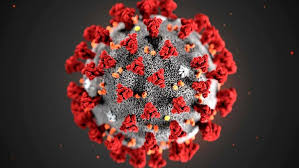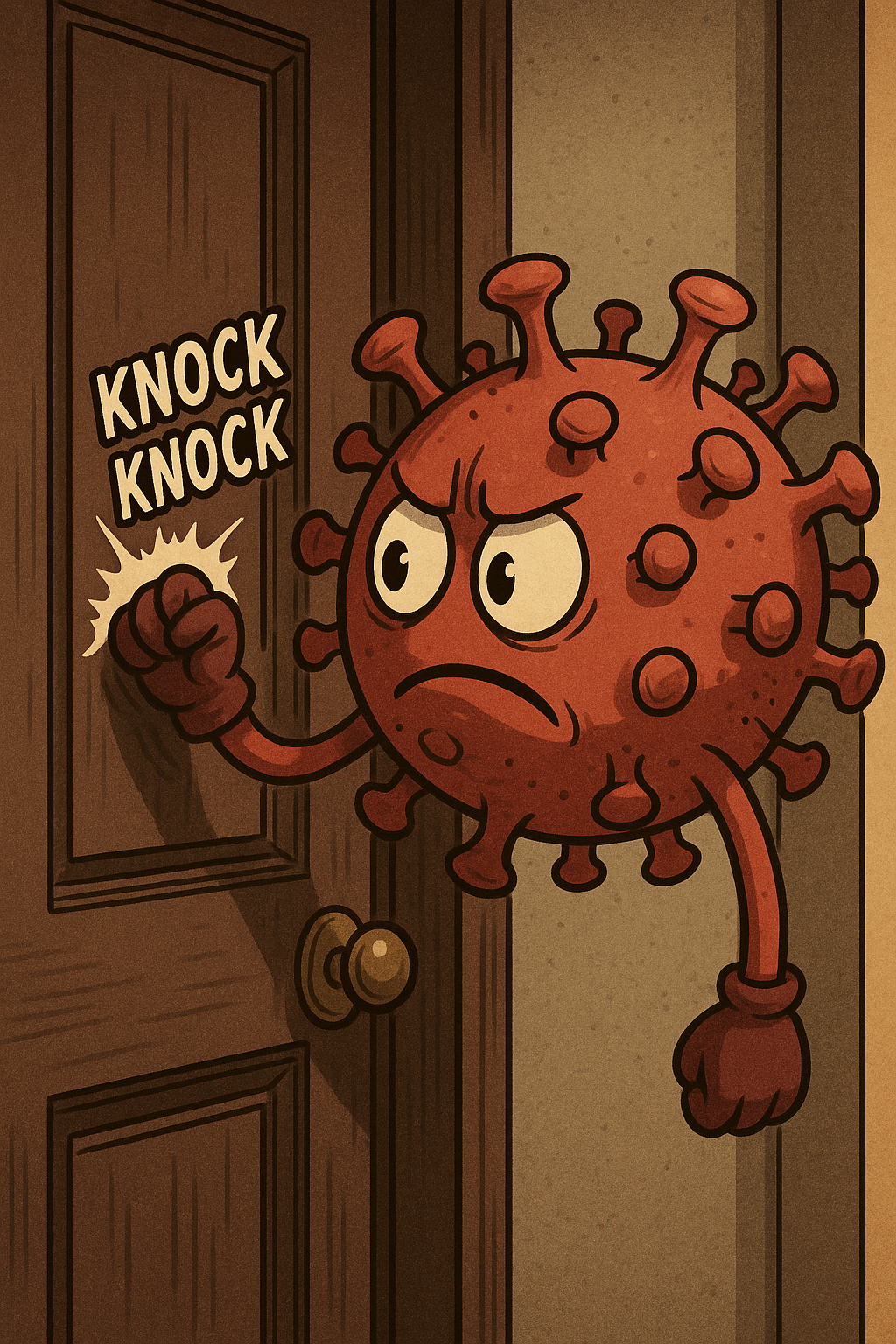As Covid-19 cases rise again across India, health authorities are urging the public to remain alert. While most infections remain mild, experts recommend reinforcing hygiene practices and monitoring symptoms to prevent community spread.

After months of decline, India is seeing a renewed surge in Covid-19 cases, now crossing the 1,000 active case mark. According to the Ministry of Health and Family Welfare (MoHFW), the majority of these cases are concentrated in a few high-risk states. State-wise Breakdown: Kerala – 430 Maharashtra – 210 Delhi – 104 Tamil Nadu – 69 Gujarat – 83 Karnataka – 47 West Bengal – 12 Rajasthan – 13 Puducherry – 9 Haryana – 9 Andhra Pradesh – 4 Madhya Pradesh – 2 Goa – 1 Telangana – 1 Chhattisgarh – 1 Deaths Reported: Maharashtra – 3 Kerala – 2 Karnataka – 1 Though these numbers show a rise, most cases are mild and manageable at home. Hospitalization remains low, with over 4.45 crore recoveries since the pandemic began.

Why Are Cases Rising Again? Health experts believe the surge is due to waning immunity, global travel, and the emergence of new variants. Over time, antibody levels in individuals decrease, making them vulnerable to reinfection—even if previously vaccinated. International travel also plays a role in transporting these variants across countries. The SARS-CoV-2 virus continues to mutate, with new sub-variants such as JN.1, NB.1.8.1, and LF.7 partially escaping prior immunity.
What Is the JN.1 Variant and Why Does It Matter? The JN.1 variant, part of the Omicron family, is currently responsible for the latest wave in India and several Asian countries. It is a descendant of BA.2.86 and has been labeled a “variant of interest” by the World Health Organization (WHO). Related sub-variants like NB.1.8.1 (detected in Tamil Nadu and globally) and LF.7 (found in Gujarat) are also being monitored due to their high transmission rates, although there is no evidence suggesting they are more severe or lethal than earlier strains. . Symptoms to Watch a nd How to Stay Safe Most infections caused by JN.1, NB.1.8.1, or LF.7 resemble mild flu or cold. Symptoms usually last 4–5 days and include: - Fever and sore throat - Runny nose and nasal congestion - Muscle aches, fatigue - Headaches - Digestive issues (in some cases) Precautionary Measures: - Wear masks in public spaces or when unwell - Wash hands frequently or use sanitizers - Isolate if showing symptoms - Get vaccinated/boosted, especially if in high-risk groups.
Is This the New Normal? Experts Weigh In Experts now suggest that Covid-19 could become seasonal, much like the flu, with periodic spikes. The focus is shifting from complete eradication to long-term management, with vaccines and early detection playing a critical role. The NB.1.8.1 and LF.7 variants are classified as “Variants Under Monitoring”—not yet dangerous, but worth watching. The government has asked hospitals to stay prepared with oxygen supplies, trained personnel, and isolation beds. “Stay safe, not scared. With smart habits and community awareness, we can stay ahead of the virus,” say public health officials.
